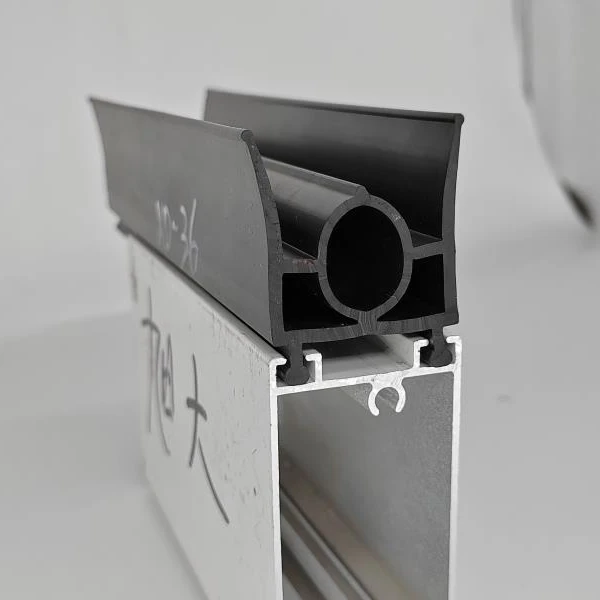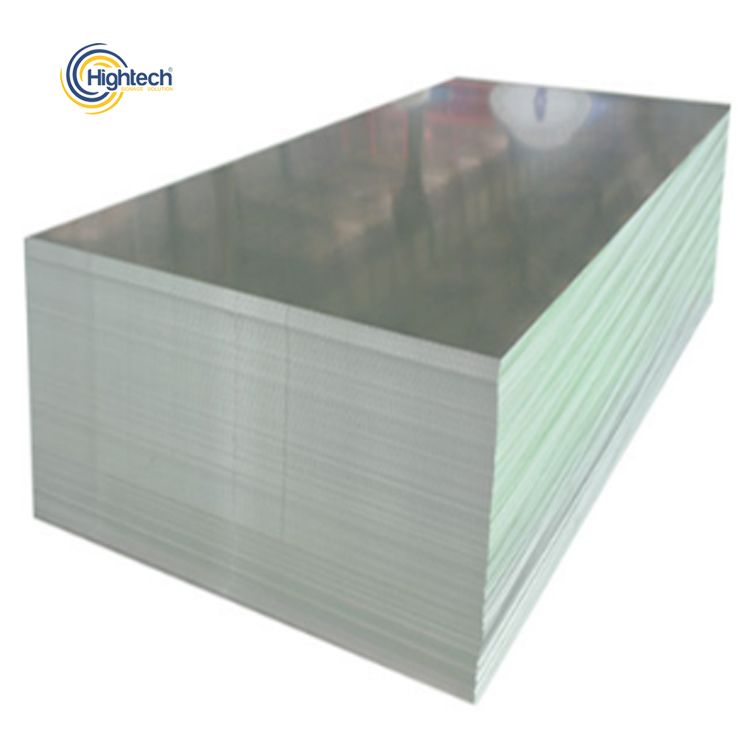One of the standout benefits of hybrid solar systems is their increased efficiency. By leveraging multiple energy sources, these systems can optimize energy production. For instance, in regions that experience wind, pairing solar panels with wind turbines can significantly enhance energy generation, as wind power typically peaks at different times than solar power. In such setups, energy storage systems, like batteries, play a crucial role by storing excess energy generated during peak production times and releasing it when demand is higher or when production dips. This synergy not only maximizes energy output but also minimizes reliance on fossil fuels, leading to reduced carbon emissions.
 Home
Home














